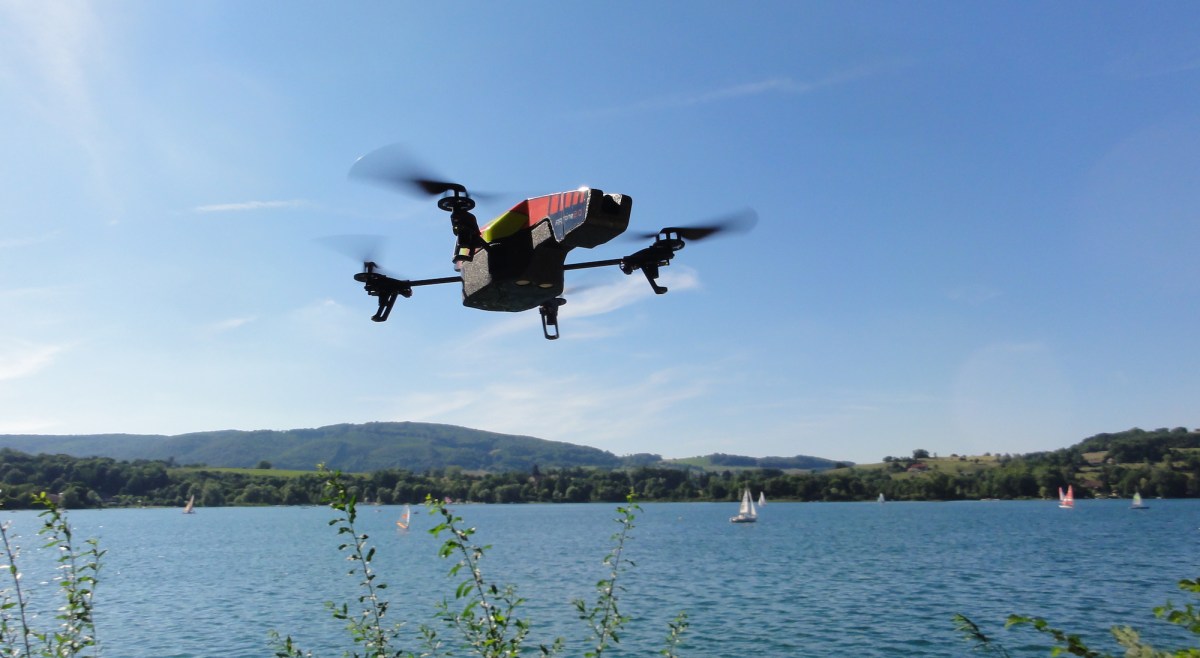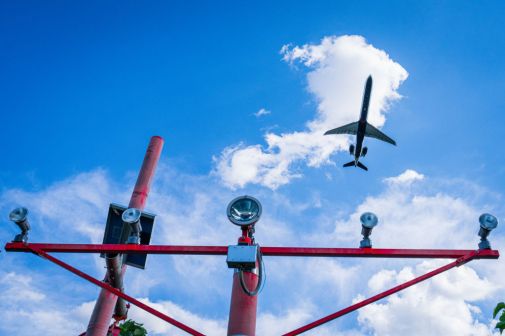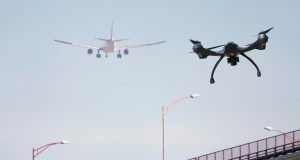Watchdog issues glowing assessment of NASA’s drone-related research

As part of the Federal Aviation Administration’s interest in integrating unmanned aircraft systems into the airspace, NASA has been conducting research on how to safely fly drones around an increasingly crowded sky. And according to a new report by the agency’s inspector general, NASA is doing a great job.
The audit, released Monday, makes NASA out to be a wonderful research partner — delivering valuable insights on time and within budget.
“NASA has performed research related to data exchange and information architecture, sense and avoidance of manned and unmanned vehicles, and communication and navigation,” the NASA IG report states. “These research efforts have been managed in compliance with NASA research and technology development policy and have achieved all planned schedule and technical milestones within allocated time and budgets.”
The audit focuses on two main ongoing research projects — the UAS in the National Airspace System Project, which is aimed at developing “operational performance standards” for drones, and the UAS Traffic Management Project “developing a traffic management system for aerial drones operating in the Nation’s airspace.”
The agency plans to work on additional research projects with FAA going forward, the audit states. By way of example, the report mentions future research on the effects of drone noise — a topic NASA released an early study on this summer.
All in all, the audit concludes, “NASA’s research efforts should have an overall positive effect on the FAA’s efforts to meet its congressional mandates and to implement an operationalized UAS system.”
It isn’t all so rosy, though. Where NASA does worse is in the management of its own drones.
The agency owns a “wide variety” of drones, the audit found, but the way in which they are acquired and tracked can be a little ad hoc.
For example, the report found that “231 of the 410 (56 percent) UAS acquired since 2009 were obtained without the required prior approvals.” The fact that drone users in the agency are unaware of and thus not following proper acquisition protocol “increases the Agency’s risk and at times has resulted in unnecessary expenditure of funds,” the audit states.
The IG recommended “policy and procedural improvements” to alleviate this shortcoming — NASA management concurred or partially concurred with all the recommendations.






